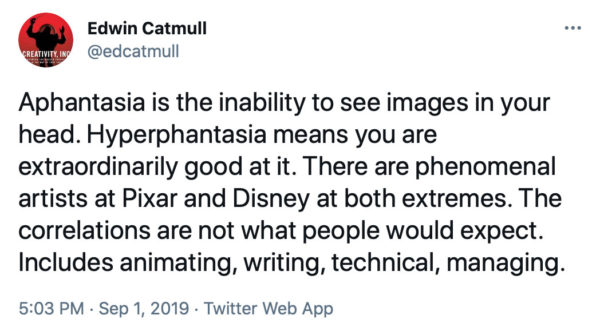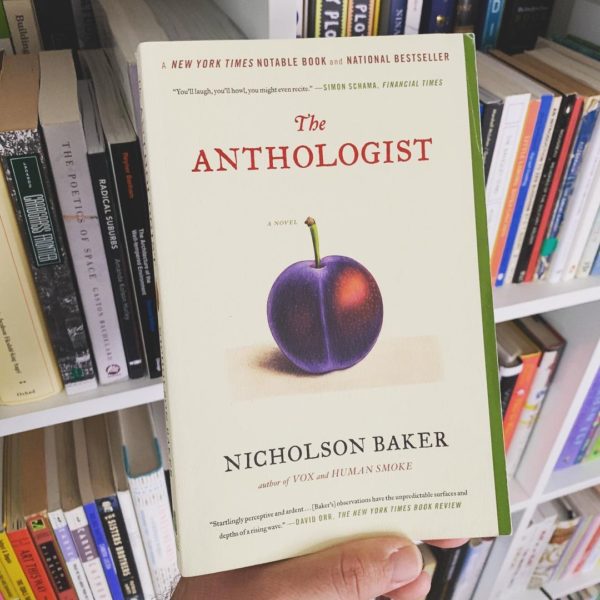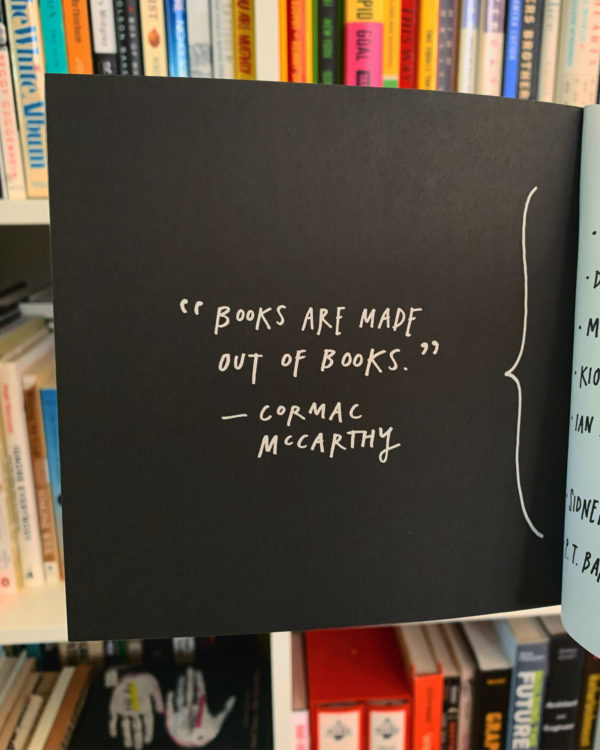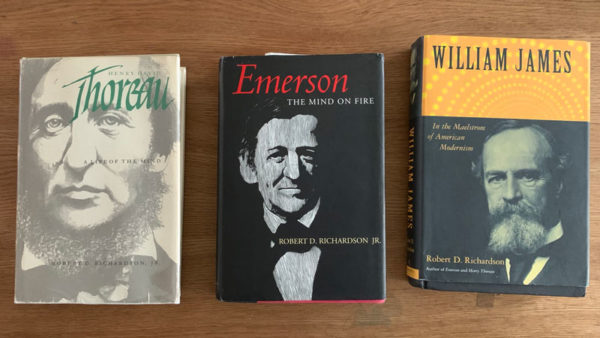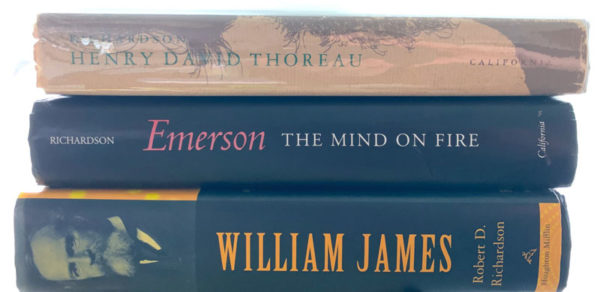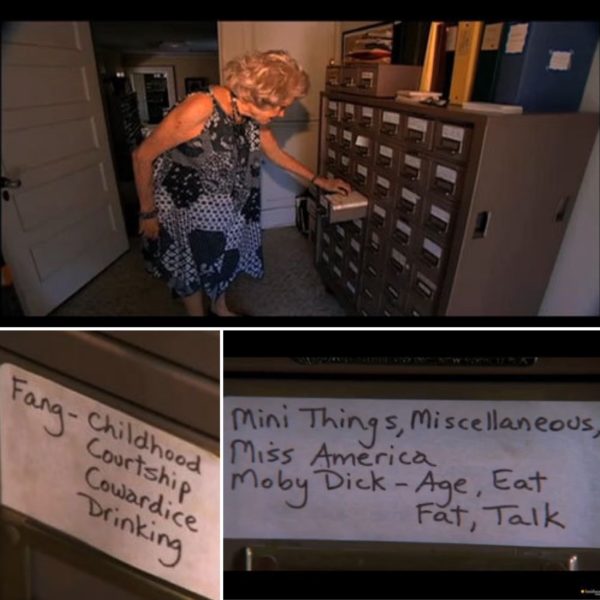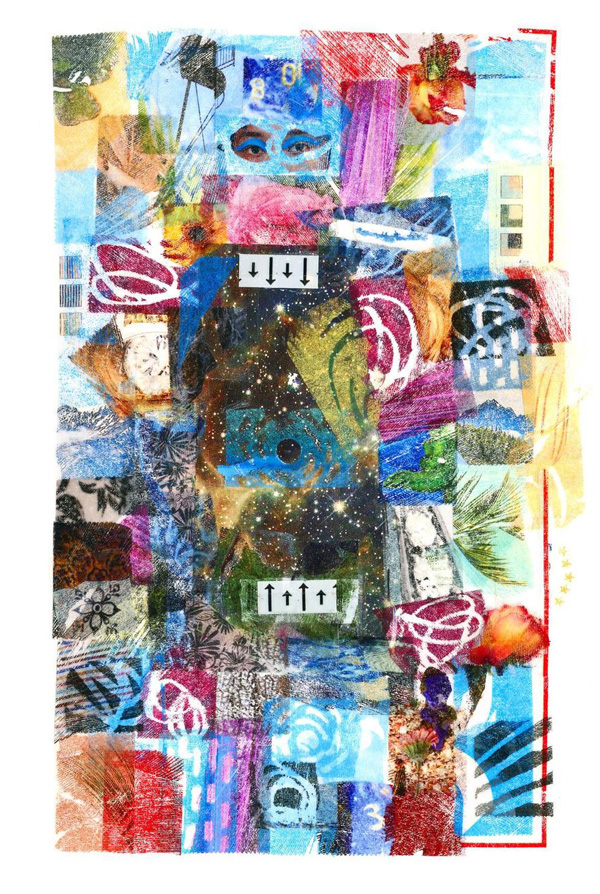
I first discovered aphantasia when I wrote a post about having an imagination (“images in the head”) and a few people wrote to me and told me they literally can’t form pictures in their heads. This information blew my mind, and I’ve been fascinated ever since.
In The New York Times this week, Carl Zimmer follows up his original article with a report on the ways scientists are studying aphantasia, along with its opposite, hyperphantasia, or a mind’s eye that’s so vivid it’s sometimes hard to distinguish between what’s real and what’s not.
Ed Catmull, who co-founded Pixar and helped make huge advances in 3-D animation, announced “my mind’s eye is blind” a few years ago, and even found other animators at Pixar with aphantasia. He told the BBC that aphantasia helps clear up “some misconceptions about creativity”:
“People had conflated visualisation with creativity and imagination and one of the messages is, ‘they’re not the same thing’.
“The other one I think that people might have assumed, but if you think about it you can see why it’s false assumption, is you would think if a person could visualise, they’re more likely to be able to draw.
“If you open your eyes and you take out a pencil and pad, how many people can draw what they see? The answer is a very small number, so if you can’t draw what is in front of you then why would we expect that you would be able to draw what you visualise?”
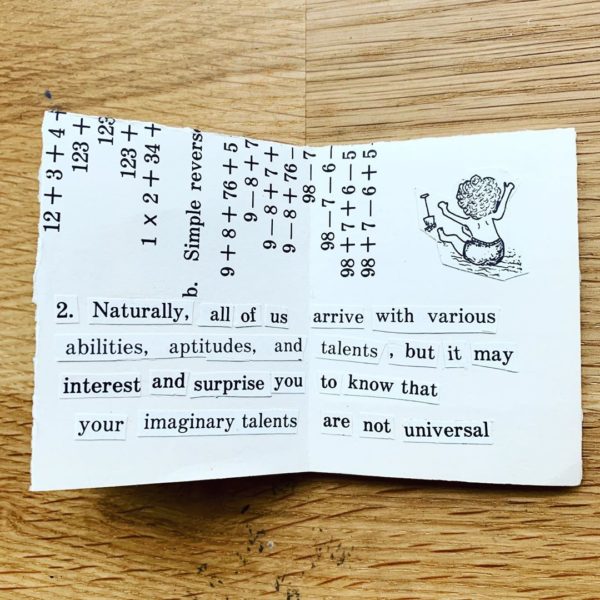
I used to be one of those people who conflated creativity with imagination! When I first heard about aphantasia, it sounded like a disability to me, but I quickly learned that it can actually be helpful, depending on what you’re trying to do. For example, I read about a writer who said that since she doesn’t think in images, there’s no need to translate them, so it’s easier to get thoughts down on the page. (My friend Kelli Anderson talked to a designer with aphantasia who said she worked with “a tinkering, try-things-out process.”)
Fantasy novelist Mark Lawrence wrote an essay about his experience with aphantasia, and lo and behold, he discovered his condition the same way Ed Catmull did: by being asked to visualize something during meditation. At first, Lawrence says he felt robbed of something, but then he came around:
These days, I reject the description of aphantasia as a defect. I see it as an alternative. You see a horse if asked to imagine one. I find this rather limiting. I imagine a web of horse-stuff that leads me down many paths. The idea of seeing one particular horse actually lacks appeal. What if it’s not the horse I want? What if I want something larger, more fundamental than an image?
Lawrence also notes he was shocked to discover “there are people who don’t hear an inner voice.” In Blake Ross’s essay about what it’s like to have aphantasia, he describes what goes through his mind all day, instead of pictures: “All narration, all the time. An infinite script of milk voice dialogue. When you read a sarcastic essay from me, it is a transcript of this voice.” (A man in Carl Zimmer’s article described aphantasia as “thinking only in radio.”)
Now I feel like I’m missing out on something!
Read more: “Images in the head”
